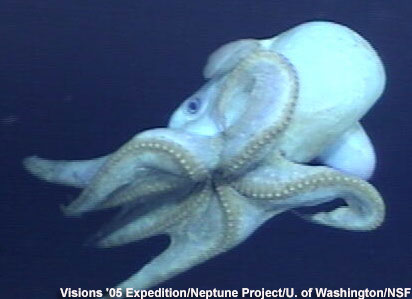When you purchase through link on our site , we may pull in an affiliate commission . Here ’s how it process .
Theodelinda’s Frescoes
Part of a fresco by the Zavattaris in the Theodelinda ’s Chapel near Milan , Italy . The artworks , execute between 1440 and 1446 are extremely fat and complex , featuring different fresco techniques , amber and atomic number 47 decorations and reliefs . Color picture taking ( a ) , and imaging in the NIR ( b ) , compare to the TQR image ( cytosine ) .
“The Resurrection”
Piero della Francesca ’s " The Resurrection " was paint around 1460 . Under fresh imagination technique , research worker can see differences in pigment and paint style not visible to the au naturel eye .
Unseen Detail
“ The Christ’s Resurrection ” by Piero della Francesca ( detail ): NIR image ( left ) and TQR image ( right ) . A Original arena ; B and C painted integration ; D Restoration plasterwork ; E Green Earth paint ; F and G pigments with similar behavior in the seeable and unlike reflectivity in infrared .
Resurrection Details
In " The Resurrection , " TQR techniques show retouching in ( A ) , left over spots on the buckler in ( B vitamin ) , and different painting proficiency in ( deoxycytidine monophosphate ) around the soldier ’s blade . In area ( D ) , the background is clear using infrared reflexion techniques , and pigments reflect other than in area E versus seeable light .
Fresco Copy
A fresco framework , copy from ItalianRenaissancepainter Domenico Ghirlandaio in about 1930 . Researchers used this copy to test their young imaging proficiency . Certain details popped , such as take in traces in the face and finishing touches on the lip .
TQR Setup
The setup of the TQR system . Two halogen lamps shine onto the fresco while a photographic camera record book infrared light that meditate off of the nontextual matter .
























